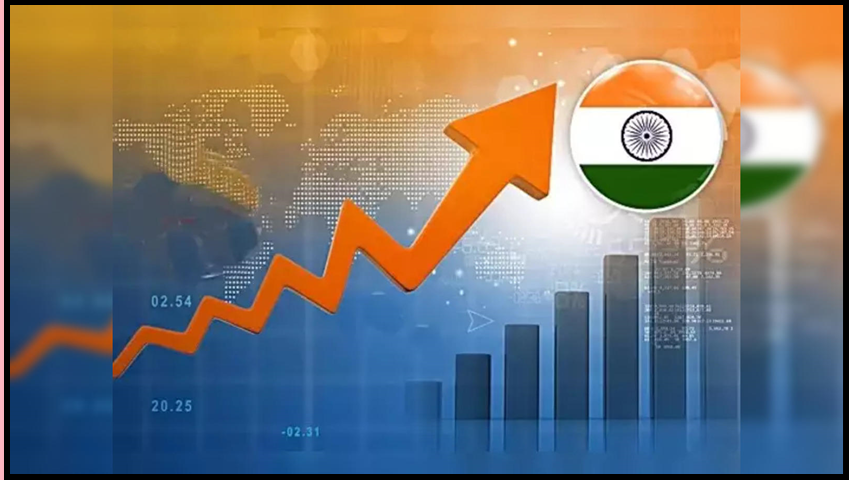CHEAPER CREDIT DOESN’T ALWAYS SPELL FASTER GDP GROWTH
Syllabus:
- GS-3- GDP growth rate , economic and overall development , Monetary policy and Credit growth
Focus :
The article explores the intricate relationship between interest rates, investment, and economic growth in India. It questions the assumption that cheaper credit automatically boosts GDP growth, highlighting the role of market demand, capacity utilization, and inflation in shaping investment decisions. The discussion emphasizes the need for balanced monetary policy prioritizing inflation control.
Source - ET
Introduction
Current Economic Debate:
-
- Calls for a reduction in the repo rate.
- Argument revolves around potential growth vs. inflation control.
- RBI projects growth at 7.2% for the year.
Past Context:
-
- Different stance during the pandemic aimed at protecting growth.
- Current high growth rate of 8.2% (2023-24) suggests different economic
Conceptual Understanding of Interest Rates and Investment
High Interest Rates and Borrowing:
-
- High interest rates generally lead to reduced borrowing and investment.
- Policy aims to control investment through interest rate adjustments.
Business Opportunity and Capacity Utilization:
-
- Companies invest based on business opportunities and capacity utilization rates.
- Vibrant demand can offset the deterrent effect of higher interest rates.
Cost Proportion:
-
- Interest costs for non-financial companies are a small proportion of turnover (3-4%).
- Interest costs are lower compared to other expenses like power and promotion.
Investment Decisions and Interest Rates
Return on Capital:
-
- Investment decisions are based on expected return on capital adjusted for costs.
- Higher costs can be passed on to final prices in favorable conditions.
Dynamic Interest Rates:
-
- Today’s interest rates are not fixed; they adjust periodically (EBLR or MCLR).
- Interest rate for a loan varies over its tenure, complicating investment calculations.
Historical Perspective on Interest Rates and Credit Growth
Pre-Pandemic Credit Growth:
-
- Despite high interest rates, credit growth was robust before the pandemic.
- Weighted average lending rate on fresh loans ranged from 10-12% even with a low repo rate.
Repo Rate Trends:
-
- For 60 months before the pandemic, the repo rate averaged 6.28%.
- For 98 months starting January 2012, the repo rate averaged 6.90%.
- Post-pandemic downward trend saw rates average 5.1%.
Real Interest Rate Analysis
Real Repo Rate Calculation:
-
- Real interest rate is the difference between the repo rate and CPI inflation.
- Real repo rate averaged 2% before the pandemic, 1% starting January 2012, and -0.81% during the pandemic.
Recent Trends:
-
- For the period when RBI kept the repo rate at 6.5% for 16 months, the real rate averaged 1.12%.
Insights and Conclusions
Nominal Repo Rate:
-
- Current nominal repo rate appears fair.
- Expected range under normal conditions: 6-6.5%.
- With sustained low inflation, 5.5-6% could be a reasonable range.
Real Repo Rate:
-
- Currently on the lower side at around 1%.
- Significant inflation reduction needed to justify a rate cut.
Inflation Path:
-
- Future CPI inflation trends crucial for monetary policy.
- History shows CPI inflation above 5% in 93 out of the last 150 months.
- Only 29 months had inflation below 4%, mostly concentrated in 2017-18 and 2018-19.
Implications for Monetary Policy
Inflation Targeting:
-
- RBI’s monetary policy committee mandated to target inflation at 4% ± 2%.
- Growth is not the primary mandate; inflation control remains the key focus.
Food Inflation:
-
- Persistent concern about food inflation affecting overall inflation trends.
- Monsoon dependency and government pricing policies significantly influence food prices.
Policy Focus:
-
- With inflation control as the main goal, repo rate reductions based on growth concerns may not be appropriate.
- Monetary policy should continue prioritizing inflation control over stimulating growth through cheaper credit.
Conclusion
- Cheaper credit does not necessarily lead to faster GDP growth.
- The relationship between interest rates, investment, and economic growth is complex, influenced by factors such as demand, capacity utilization, and inflation.
- While high interest rates can dampen borrowing, vibrant market demand can sustain investment.
- The historical data on repo rates and real interest rates suggest that a balanced approach focusing on inflation control is crucial for sustainable economic growth in India.
Source:The Economic Times
Associated Article :
https://universalinstitutions.com/the-good-and-the-sobering/
Mains Practice Question :
GS-3
“Discuss the complex relationship between interest rates, investment, and economic growth in the context of India’s recent economic trends.Critically analyze the effectiveness of using cheaper credit as a strategy to stimulate GDP growth in India.”(250 words)




